Least stable carbocation among the following is
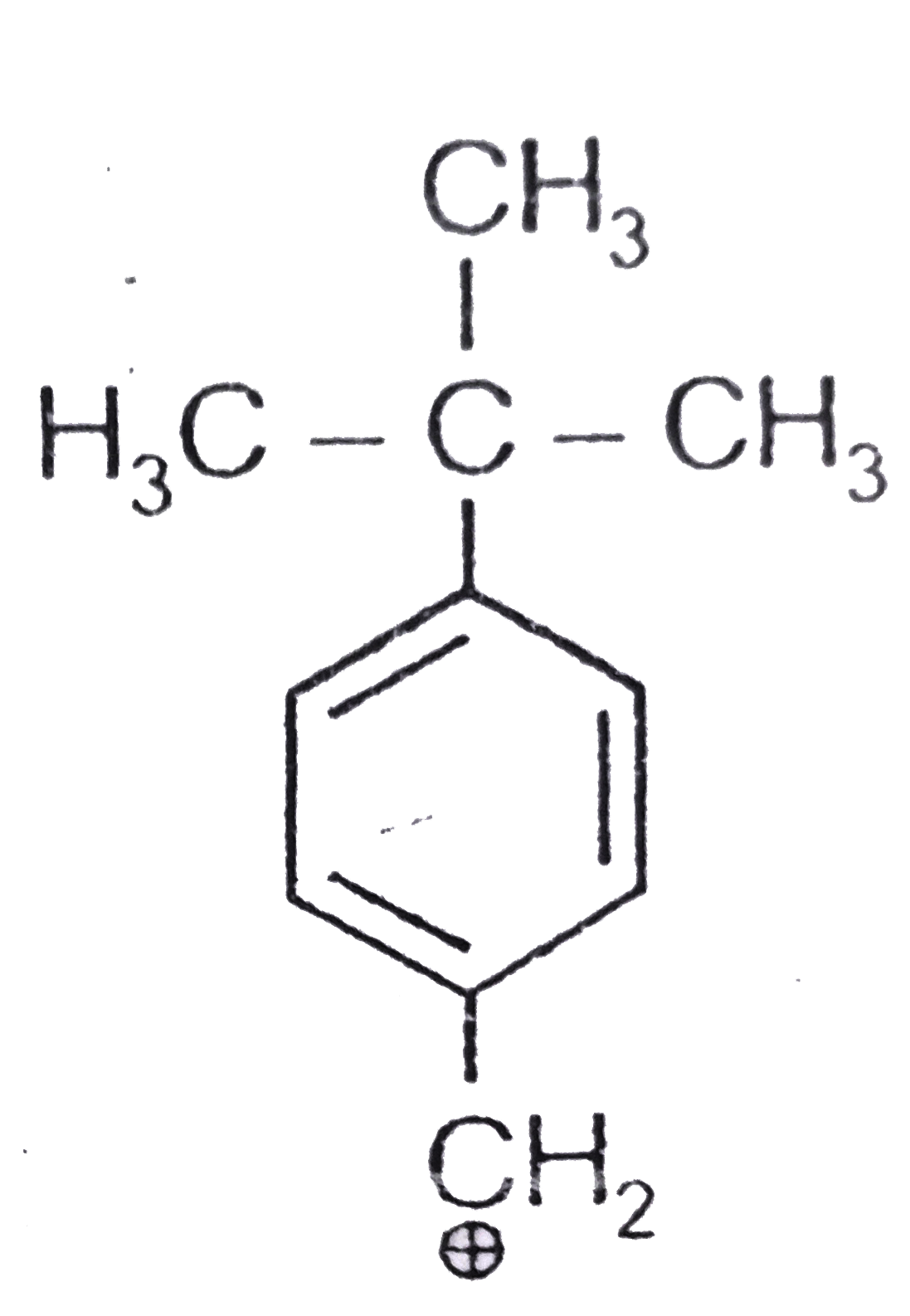
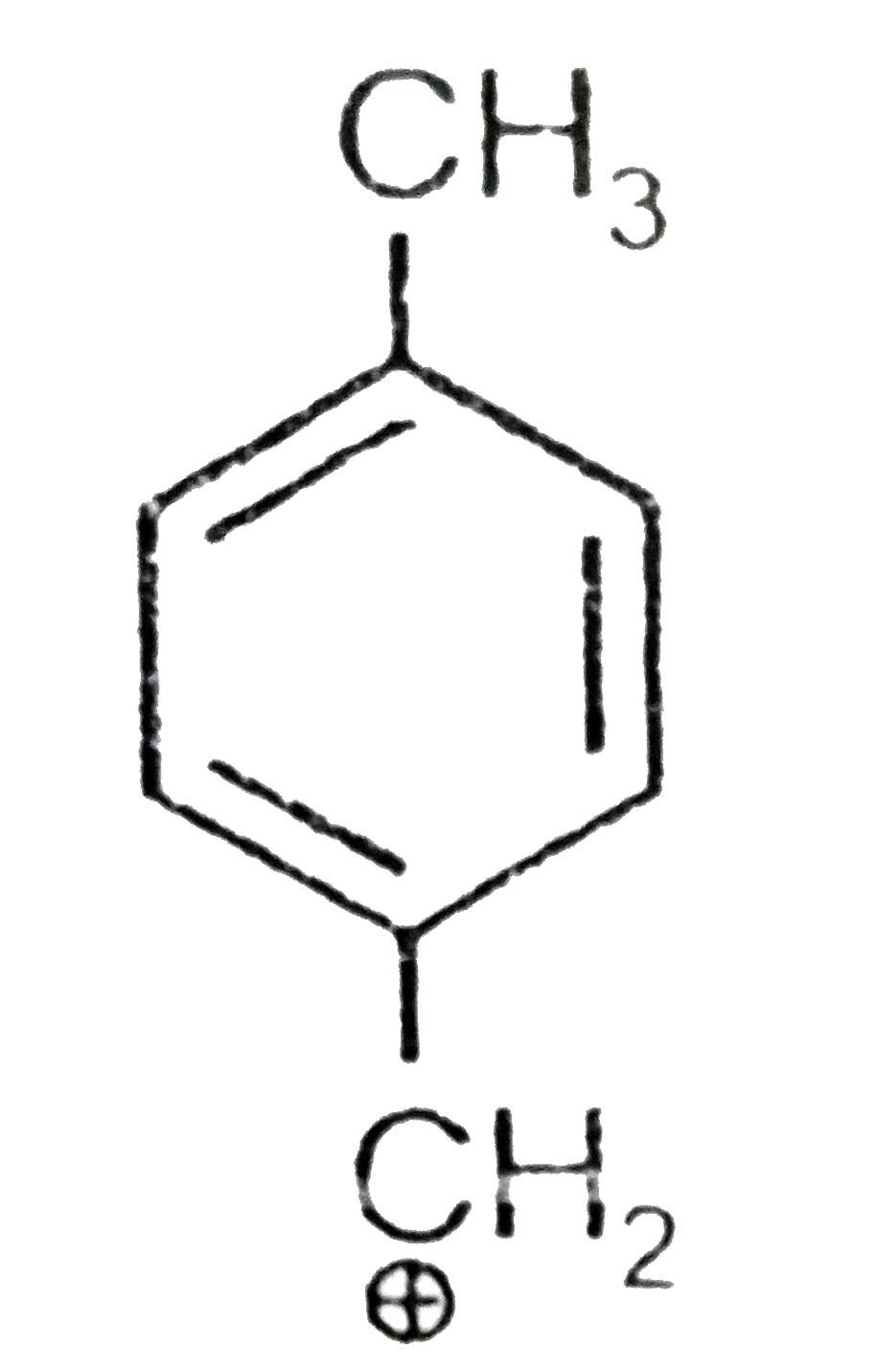
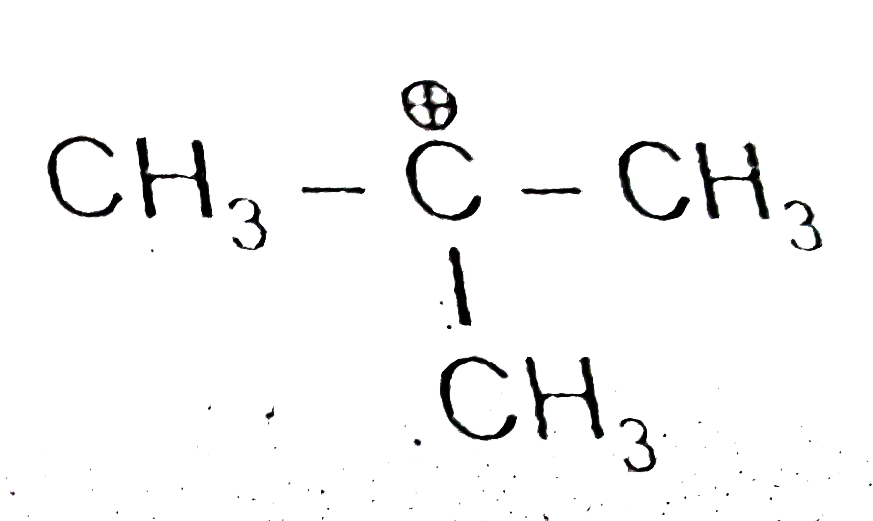
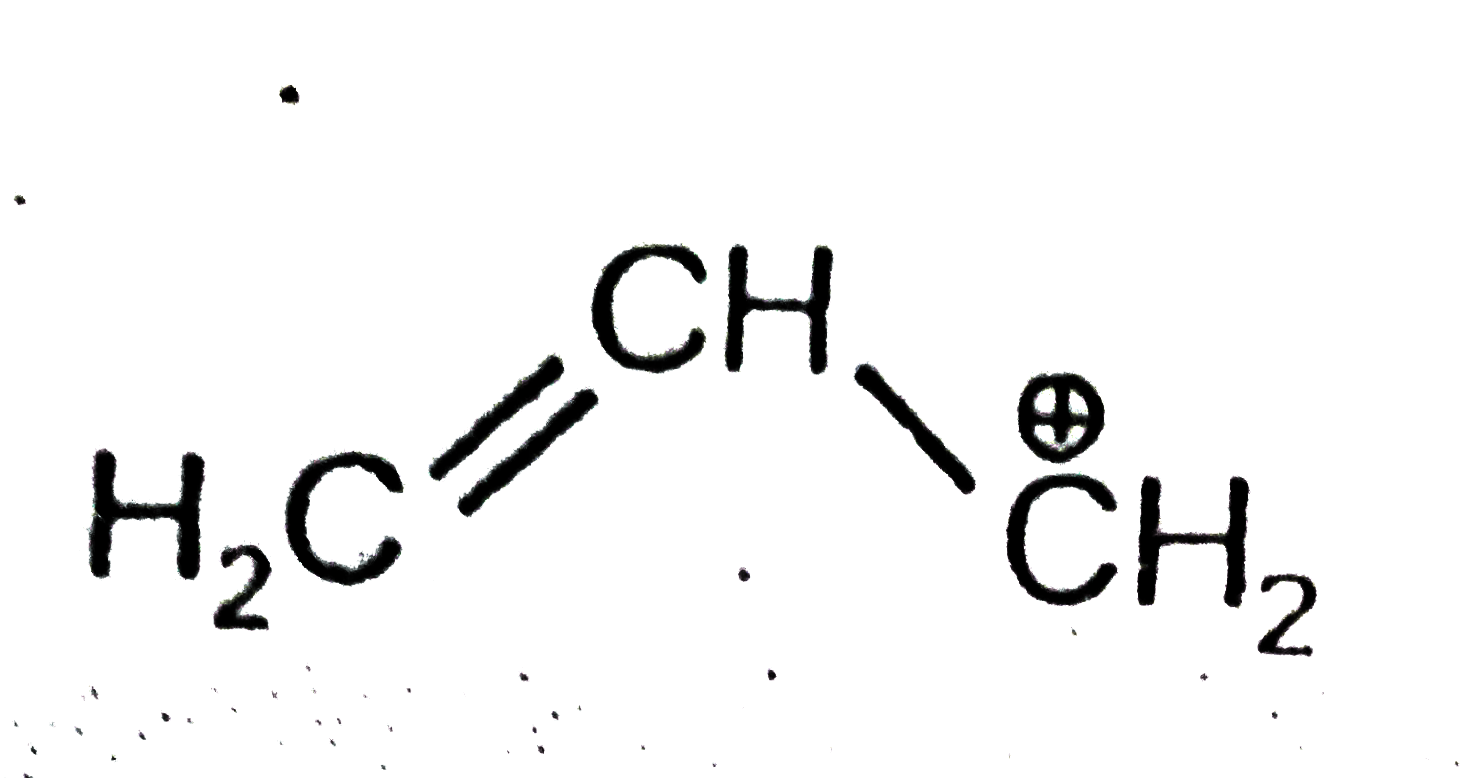
The correct Answer is:D
To determine the least stable carbocation among the given options, we need to analyze the stability of each carbocation based on factors such as resonance, inductive effects, and hyperconjugation. Here’s a step-by-step breakdown of the solution:
Step 1: Identify the Carbocations
We have four carbocations to analyze. Let's denote them as:
1. Carbocation A
2. Carbocation B
3. Carbocation C
4. Carbocation D
Step 2: Analyze Carbocation A
- Structure: Benzene ring with a carbocation attached to a carbon that has a methyl group (CH3).
- Stability Factors:
- Resonance: The positive charge can be delocalized through the benzene ring.
- Inductive Effect: The methyl group (+I effect) can slightly stabilize the carbocation.
- Conclusion: Carbocation A is relatively stable due to resonance and inductive effects.
Step 3: Analyze Carbocation B
- Structure: Similar to Carbocation A but with a different arrangement.
- Stability Factors:
- Resonance: The positive charge can be delocalized through the benzene ring.
- Inductive Effect: The presence of methyl groups also contributes to stability.
- Conclusion: Carbocation B is also relatively stable due to resonance and inductive effects.
Step 4: Analyze Carbocation C
- Structure: A tertiary carbocation with three methyl groups attached.
- Stability Factors:
- Inductive Effect: The three methyl groups provide a strong +I effect.
- Hyperconjugation: There are many adjacent C-H bonds that can stabilize the positive charge.
- Conclusion: Carbocation C is the most stable due to strong inductive effects and hyperconjugation.
Step 5: Analyze Carbocation D
- Structure: A carbocation with a double bond and a positive charge on a carbon adjacent to a carbon with a double bond.
- Stability Factors:
- Resonance: There is some resonance, but it is limited.
- Inductive Effect: The presence of the double bond can exert a -I effect, which destabilizes the carbocation.
- Conclusion: Carbocation D is the least stable due to the destabilizing -I effect and limited resonance.
Final Conclusion
After analyzing all four carbocations, we find that Carbocation D is the least stable due to the presence of a -I effect from the double bond and limited resonance stabilization.
Answer
The least stable carbocation among the following is Carbocation D.
---
We have four carbocations to analyze. Let's denote them as:
1. Carbocation A
2. Carbocation B
3. Carbocation C
4. Carbocation D
- Structure: Benzene ring with a carbocation attached to a carbon that has a methyl group (CH3).
- Stability Factors:
- Resonance: The positive charge can be delocalized through the benzene ring.
- Inductive Effect: The methyl group (+I effect) can slightly stabilize the carbocation.
- Conclusion: Carbocation A is relatively stable due to resonance and inductive effects.
- Structure: Similar to Carbocation A but with a different arrangement.
- Stability Factors:
- Resonance: The positive charge can be delocalized through the benzene ring.
- Inductive Effect: The presence of methyl groups also contributes to stability.
- Conclusion: Carbocation B is also relatively stable due to resonance and inductive effects.
- Structure: A tertiary carbocation with three methyl groups attached.
- Stability Factors:
- Inductive Effect: The three methyl groups provide a strong +I effect.
- Hyperconjugation: There are many adjacent C-H bonds that can stabilize the positive charge.
- Conclusion: Carbocation C is the most stable due to strong inductive effects and hyperconjugation.
- Structure: A carbocation with a double bond and a positive charge on a carbon adjacent to a carbon with a double bond.
- Stability Factors:
- Resonance: There is some resonance, but it is limited.
- Inductive Effect: The presence of the double bond can exert a -I effect, which destabilizes the carbocation.
- Conclusion: Carbocation D is the least stable due to the destabilizing -I effect and limited resonance.
After analyzing all four carbocations, we find that Carbocation D is the least stable due to the presence of a -I effect from the double bond and limited resonance stabilization.
The least stable carbocation among the following is Carbocation D.
Topper's Solved these Questions
- BOOK - AAKASH INSTITUTECHAPTER - ORGANIC CHEMISTRY: SOME BASIC PRINCIPLE AND TECHNIQUESEXERCISE - SECTION-C OBJECTIVE TYPE QUESTION (MORE THAN ONE OPTIONS ARE CORRECT)18videos
ORGANIC CHEMISTRY: SOME BASIC PRINCIPLE AND TECHNIQUES
- BOOK - AAKASH INSTITUTECHAPTER - ORGANIC CHEMISTRY: SOME BASIC PRINCIPLE AND TECHNIQUESEXERCISE - SECTION-D LINKED COMPREHENSION TYPE QUESTIONS6videos
ORGANIC CHEMISTRY: SOME BASIC PRINCIPLE AND TECHNIQUES
- BOOK - AAKASH INSTITUTECHAPTER - ORGANIC CHEMISTRY: SOME BASIC PRINCIPLE AND TECHNIQUESEXERCISE - ASSIGNMENT SECTION-A COMPETITION LEVEL QUESTIONS50videos
ORGANIC CHEMISTRY: SOME BASIC PRINCIPLE AND TECHNIQUES
- BOOK - AAKASH INSTITUTECHAPTER - ORGANIC CHEMISTRY : SOME BASIC PRINCIPLES AND TECHNIQUES EXERCISE - Assignment(Section-D)(Assertion - Reason Type Questions)12videos
ORGANIC CHEMISTRY : SOME BASIC PRINCIPLES AND TECHNIQUES
- BOOK - AAKASH INSTITUTECHAPTER - POLYMERSEXERCISE - ASSIGNMENT (SECTION-D)13videos
POLYMERS
Similar Questions
Knowledge Check
- Question 1 - Select One
Most stable carbocation among the following is
A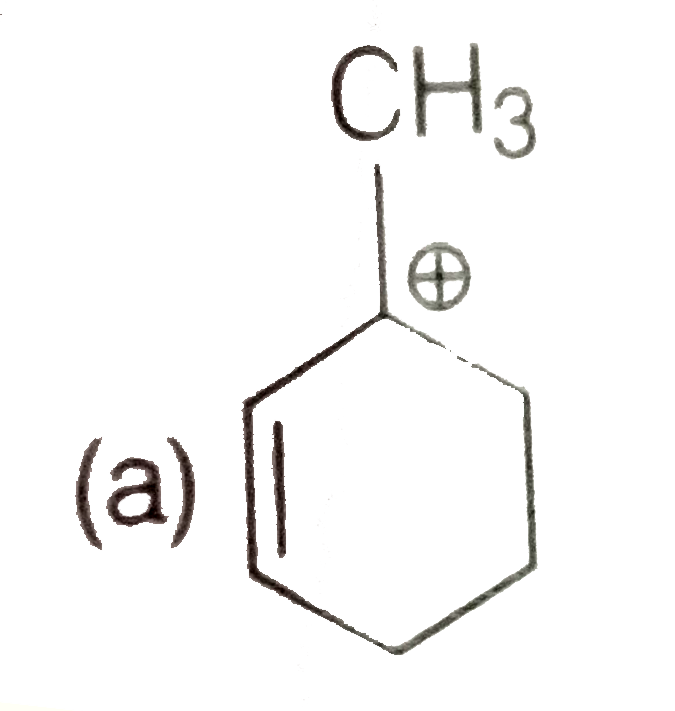 B
B C
C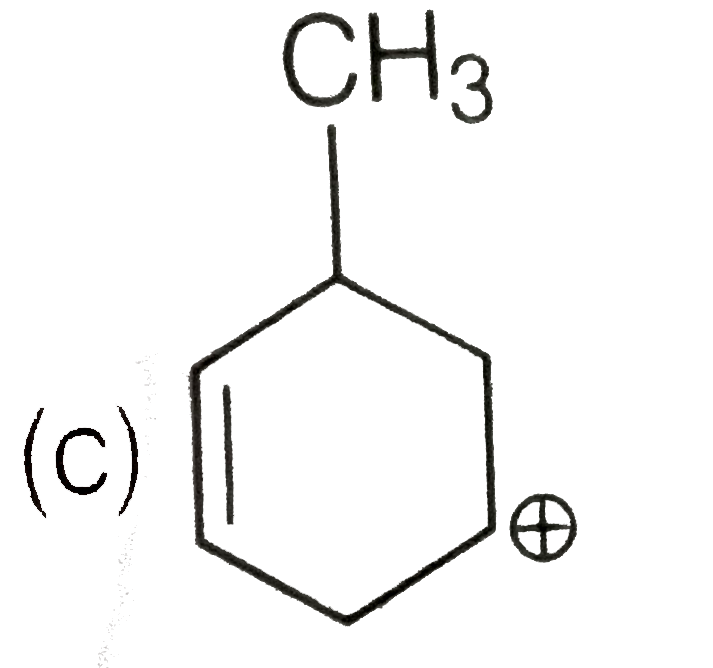 DAll of these
DAll of these - Question 2 - Select One
The most stable carbocation among the following is
A B
B C
C D
D
- Question 3 - Select One
Most stable carbocation among the following is :
A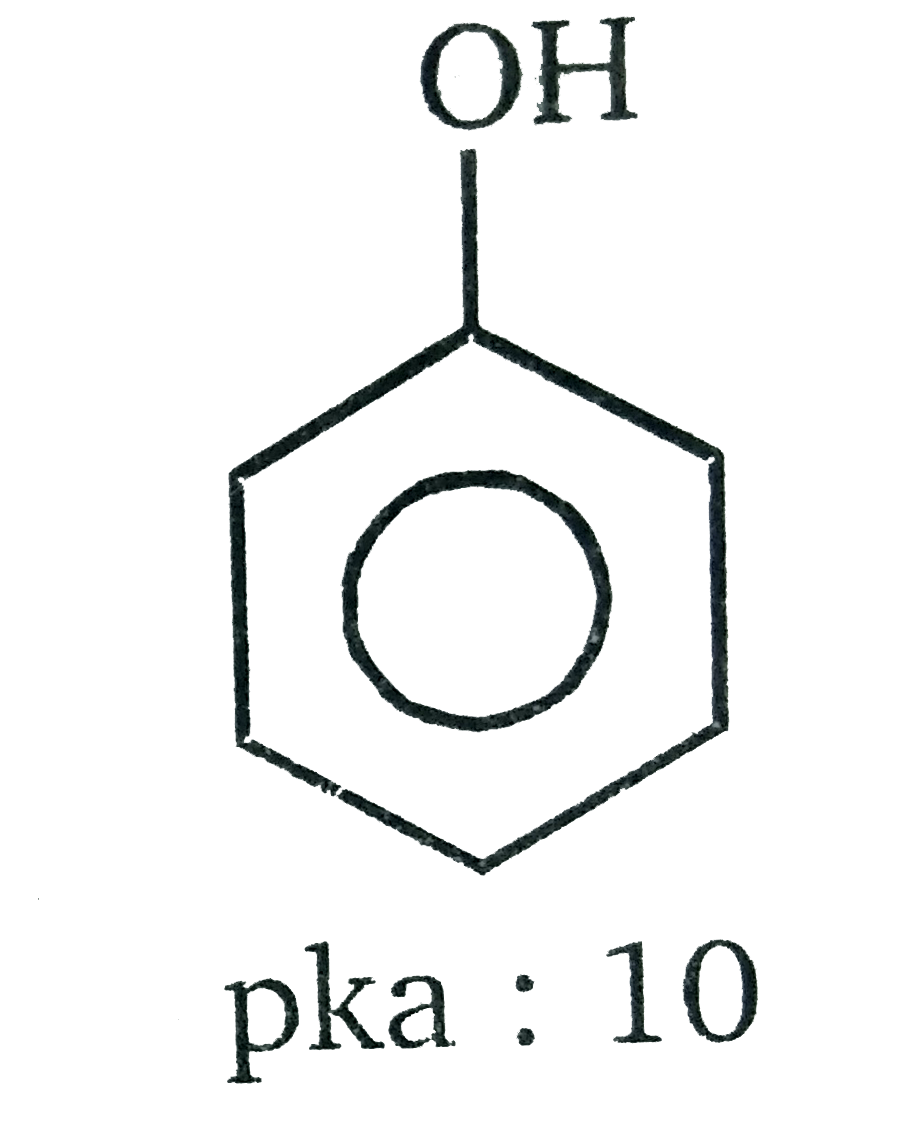 B
B C
C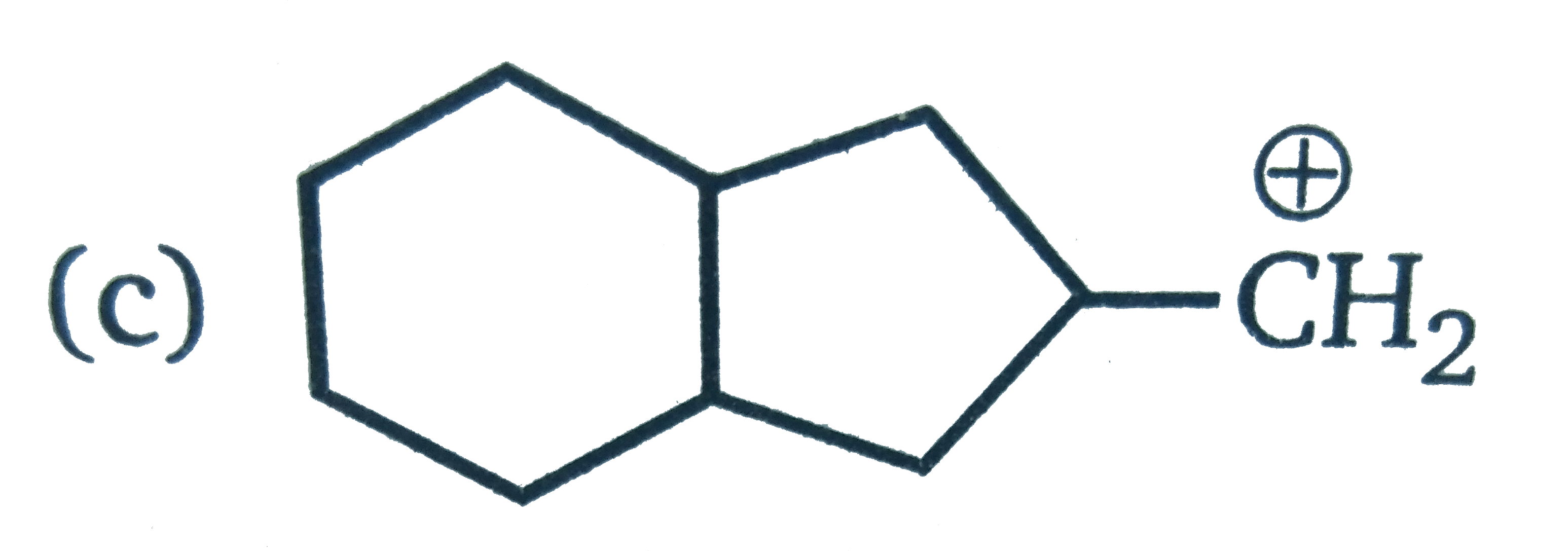 D.⊕CH3
D.⊕CH3
Most stable carbocation in the following
View SolutionThe most stable carbocation among the following:
View SolutionIdentify the most stable carbocation among the following:
View SolutionSelect the most stable carbocation from amongst the following
View SolutionSelect the most stable carbocation from amongst the following
View Solution

